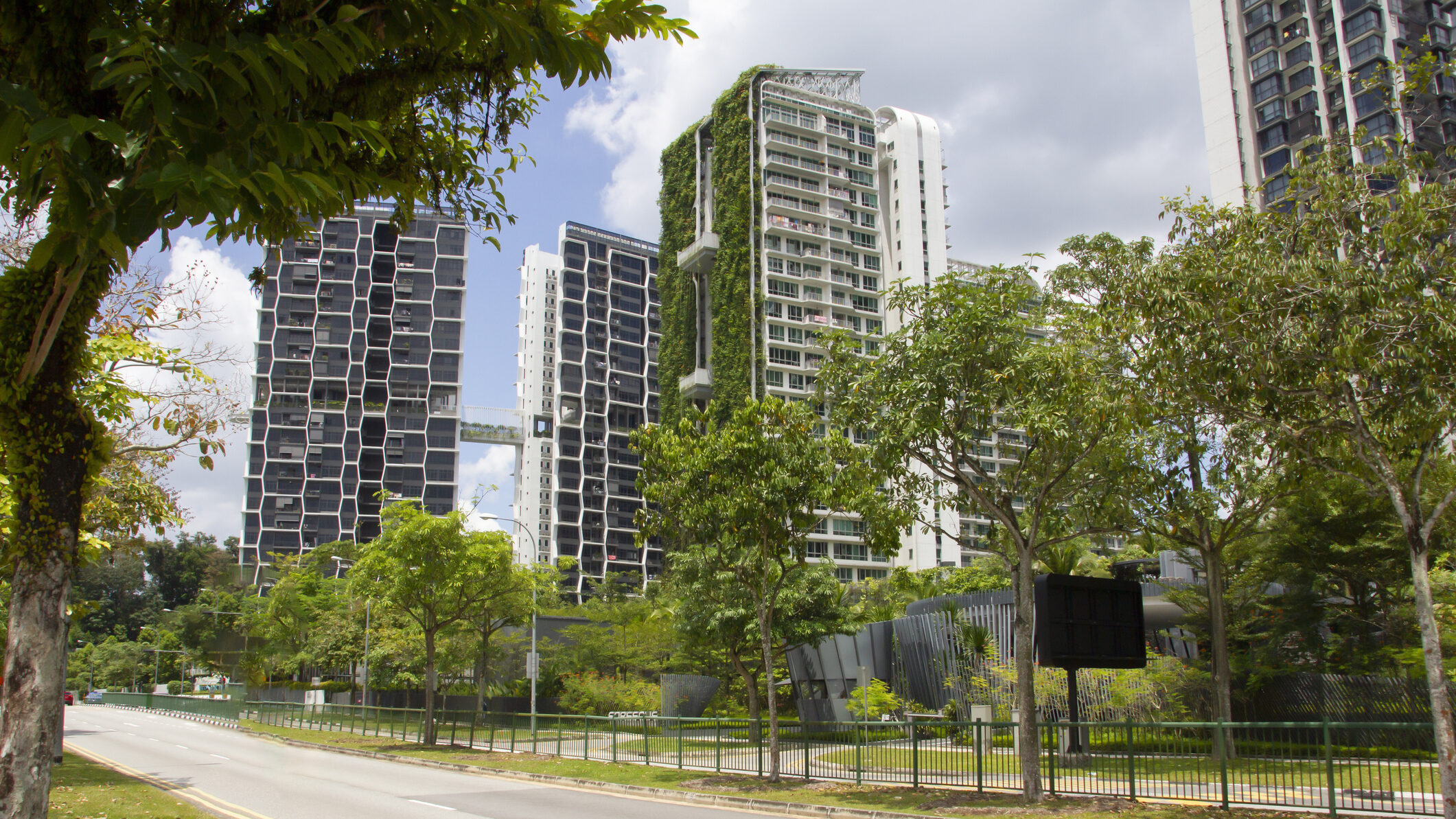Capitals of the Future: Place, Power, and Possibility in Southeast Asia
January 15, 2024
The urban landscape of Southeast Asia is rapidly evolving, with cities becoming focal points of innovation, development, and imagination. As cities grow and transform, they become embodiments of visions of the future that are influenced by discourses of urban planning and historical pathways of development. But how do these sites of urban planning reflect and shape imaginations of the future? And how do references to other cities and sites influence these imaginations?
Through the project ‘Capitals of the Future: Place, Power, and Possibility in Southeast Asia’ hosted by the NUS Asia Research Institute, Associate Professor Daniel PS Goh (NUS Sociology and Anthropology) delves into these intricate questions. Funded by the Ministry of Education Academic Research Fund Tier 2 from 2023 to 2026, the initiative is interdisciplinary in nature, and will weave together insights from geography, sociology, history, and planning studies.
The project will focus on three cities in Southeast Asia: Singapore, and the two new administrative capitals of Putrajaya in Malaysia and Nusantara in East Kalimantan, Indonesia. Through this focus, A/P Goh emphasizes the significance of understanding the interaction between imaginations of the future and the discourses of urban planning. These cities, with their unique histories and developmental trajectories, offer a rich tapestry of insights into the dynamics of urban planning and future imaginations.
Methodologically, the research will involve a deep examination of discourses associated with planning experimentation in these cities. By understanding the historical pathways of their development and the roles references to other cities play in shaping their futures, the project aims to offer a comprehensive view of urban development in Southeast Asia.
In a rapidly urbanizing world, understanding the dynamics of city development and the imaginations that drive them is crucial. Capitals of the Future thus stands as a testament to the importance of interdisciplinary research in shaping our understanding of urban futures, offering a roadmap for sustainable and inclusive urban development in Southeast Asia.

